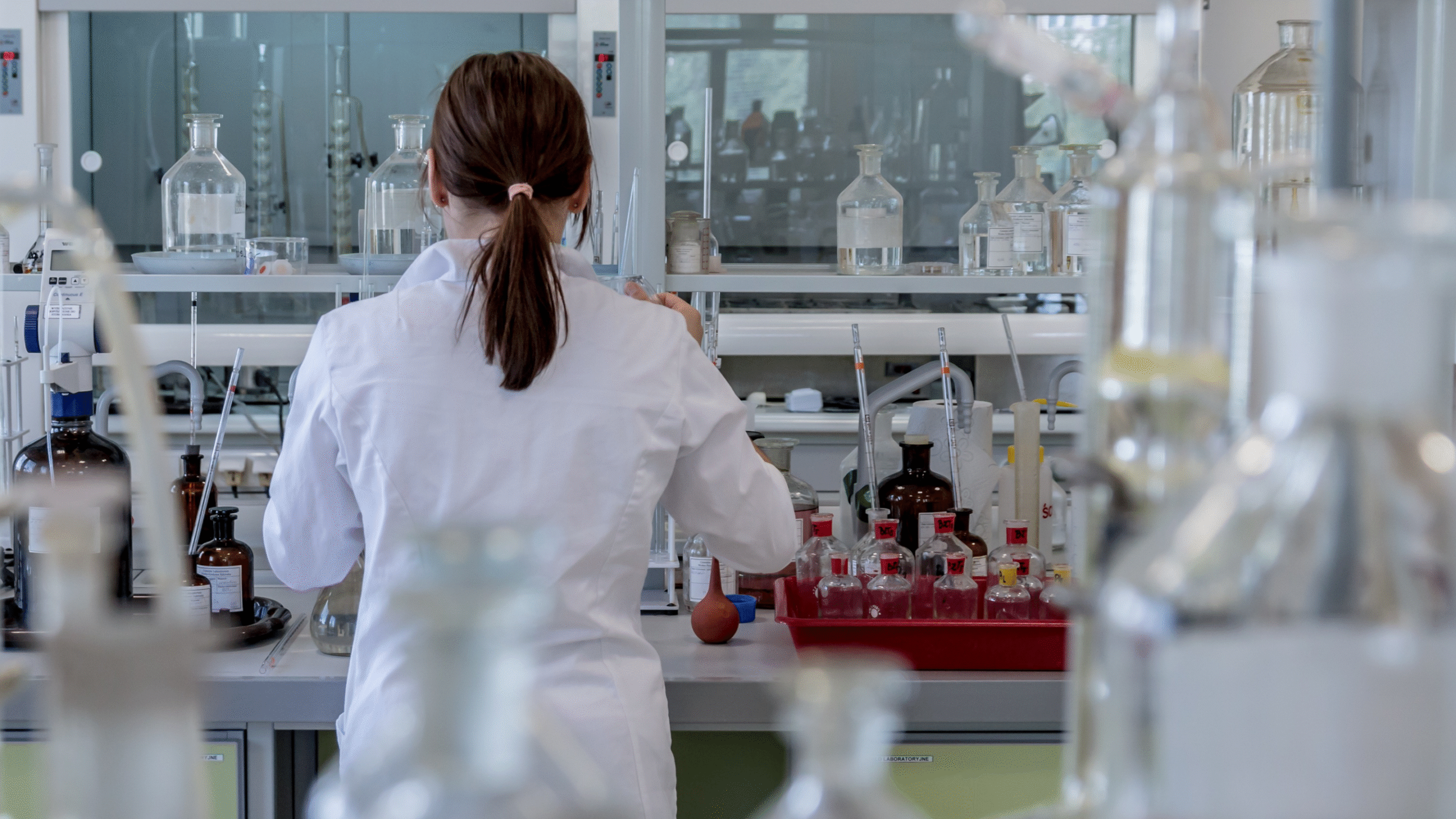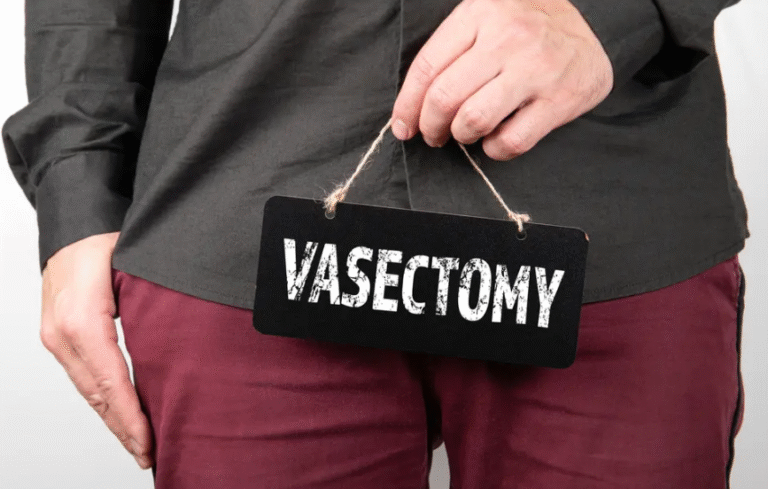
For men in Sydney considering a permanent and highly effective form of contraception, the no-scalpel vasectomy procedure often emerges as a leading option. It’s a minimally invasive technique that has gained significant popularity due to its perceived safety and quicker recovery times compared to traditional vasectomies. But just how safe is it, and what should men in Sydney know before taking this important step?
This article delves into the safety aspects of the no-scalpel vasectomy, addressing common concerns and providing a comprehensive overview for those exploring their options at a vasectomy clinic in Sydney.

Understanding the No-Scalpel Vasectomy
Before discussing safety, it’s crucial to understand what distinguishes the no-scalpel technique from its conventional counterpart. In a traditional vasectomy, the surgeon typically makes two small incisions in the scrotum to access the vas deferens (the tubes that carry sperm from the testicles). These incisions are then stitched closed.
The no-scalpel method, pioneered in China, takes a different approach. Instead of making incisions with a scalpel, the doctor uses a specialised, fine-tipped instrument to create a tiny puncture in the scrotal skin. This opening is then gently stretched to access both vas deferens. Through this single, small opening, the tubes are located, cut or sealed, and then returned to their original position. No stitches are usually required to close the puncture, as it’s so small it naturally seals itself.
Key Differences and Their Impact on Safety
The primary difference in technique has a direct impact on the safety profile:
- Reduced Trauma: By avoiding a scalpel and instead using a fine puncture and blunt dissection, the no-scalpel method causes significantly less trauma to the blood vessels and scrotal tissue.
- Smaller Opening: A single, tiny puncture wound reduces the risk of complications associated with larger incisions, such as bleeding and infection.
- No Stitches: The absence of stitches eliminates the potential for stitch-related irritation, discomfort, and the need for suture removal.
The Safety Profile: What the Evidence Says
Numerous studies and clinical experiences consistently demonstrate that the no-scalpel vasectomy procedure boasts a superior safety record compared to traditional methods.
Lower Complication Rates
Research indicates that the no-scalpel technique leads to significantly lower complication rates. This includes:
- Reduced Bleeding and Bruising: Due to minimal tissue disruption, the likelihood of significant bruising (haematoma) and bleeding is considerably lower. While some mild bruising is normal and usually resolves within a week, severe haematomas are rare (approximately 1 in 1000 cases).
- Decreased Risk of Infection: The smaller opening and less tissue manipulation translate to a lower chance of post-operative infection. While infections can occur (around 1 in 500 cases), they are typically mild and respond well to oral antibiotics. More serious infections like abscess formation are exceedingly rare.
- Less Post-Operative Pain: Patients generally report less discomfort and pain during and after a no-scalpel vasectomy. The localised nature of the procedure contributes to this reduced sensation of pain.
High Success Rate
In terms of effectiveness, the no-scalpel vasectomy is highly reliable. When performed by experienced surgeons, it boasts a success rate of over 99.9% in preventing pregnancy, making it one of the most effective forms of permanent male contraception available. It’s crucial to remember that sterility is not immediate; a semen analysis is required approximately three months and at least 20 ejaculations after the procedure to confirm the absence of sperm.
Potential Risks and How They’re Managed
While the no-scalpel vasectomy is remarkably safe, like any medical procedure, it carries some minor potential risks. A reputable vasectomy clinic in Sydney will thoroughly discuss these with you during your consultation and provide guidance on how to minimise them.
Common, Mild Side Effects
- Mild Pain and Swelling: It’s normal to experience some mild pain, aching, and swelling in the scrotum for a few days post-procedure. This can be managed effectively with over-the-counter pain relievers (like paracetamol and ibuprofen) and cold packs.
- Bruising: As mentioned, some bruising is common but typically resolves within a week.
- Blood in Semen (Haematospermia): A small amount of blood in the semen for the first few ejaculations is usually harmless and temporary.
Less Common, More Significant Complications
- Scrotal Haematoma: While rare, a larger collection of blood in the scrotum can occur. This typically resolves with rest and supportive care but can be uncomfortable and take weeks or months to disappear. Adhering to post-operative instructions, particularly regarding heavy lifting, significantly reduces this risk.
- Infection: Though uncommon, signs like increased redness, discharge, or persistent tenderness should be reported to your clinic as they may require antibiotics.
- Post-Vasectomy Pain Syndrome (PVPS): A small percentage of men (around 1-2%) may experience chronic testicular pain lasting for months or even longer after a vasectomy. The exact cause isn’t always clear, but it can be due to nerve sensitivity, sperm congestion, or inflammation. While many cases resolve with conservative management, some may require further treatment. The “open-ended” technique, where one end of the vas deferens is left open, is sometimes used to minimise back-pressure and potentially reduce the risk of PVPS.
- Sperm Granuloma: This is a small, usually benign, lump that can form at the site where the vas deferens was sealed, due to sperm leaking out. They are typically harmless and may or may not cause discomfort.
- Vasectomy Failure (Recanalisation): While rare (around 0.1%), the vas deferens can sometimes reconnect, allowing sperm to pass through again. This is why a follow-up semen analysis is crucial to confirm sterility.

Choosing a Reputable Vasectomy Clinic in Sydney
The safety and success of your no-scalpel vasectomy heavily depend on the expertise of the medical professional and the clinic where the procedure is performed. When considering a vasectomy clinic in Sydney, look for:
- Experienced Surgeons: Choose a clinic where the doctors specialise in vasectomies and perform a high volume of these procedures regularly. Experience directly correlates with a lower risk of complications.
- Dedicated Vasectomy Services: Clinics that focus specifically on vasectomies often have streamlined processes, specialised equipment, and staff highly trained in male reproductive health.
- Clear Communication: A good clinic will provide thorough pre-procedure counselling, explaining the procedure in detail, discussing potential risks and benefits, and ensuring you are fully informed and comfortable with your decision.
- Comprehensive Aftercare: Look for clinics that offer clear post-operative instructions, readily available support for any concerns, and guidance on follow-up semen analysis.
- Local Anaesthetic Expertise: Most no-scalpel vasectomies are performed under local anaesthetic. Some clinics offer no-needle anaesthesia, which can further enhance comfort during the initial numbing phase.
Recovery and Aftercare
To ensure the safest possible outcome and a smooth recovery, adhering to post-operative instructions is paramount. Typically, men are advised to:
- Rest for the remainder of the day after the procedure.
- Apply ice packs intermittently for the first 24-48 hours to minimise swelling.
- Wear supportive underwear (like a jockstrap) for several days to a week.
- Avoid heavy lifting, strenuous activity, and intense exercise for at least 7-14 days, with contact sports and cycling potentially needing a longer hiatus.
- Refrain from sexual activity for approximately one week.
- Maintain good hygiene of the surgical site.
Most men can return to light work within a day or two, but those with physically demanding jobs may require more time off or light duties.

Conclusion
The no scalpel vasectomy procedure is widely regarded as an extremely safe, effective, and minimally invasive form of permanent contraception. For men in Sydney, it offers a reliable alternative to other birth control methods. While no surgical procedure is entirely without risk, the potential complications associated with the no-scalpel technique are generally mild and uncommon, especially when performed by an experienced professional at a reputable vasectomy clinic in Sydney.
By understanding the procedure, its benefits, and diligently following post-operative care instructions, men can approach a no-scalpel vasectomy with confidence, ensuring a safe outcome and a positive experience. If you’re considering this option, a thorough consultation with a qualified medical professional is the best first step to address your individual circumstances and provide personalised advice.







